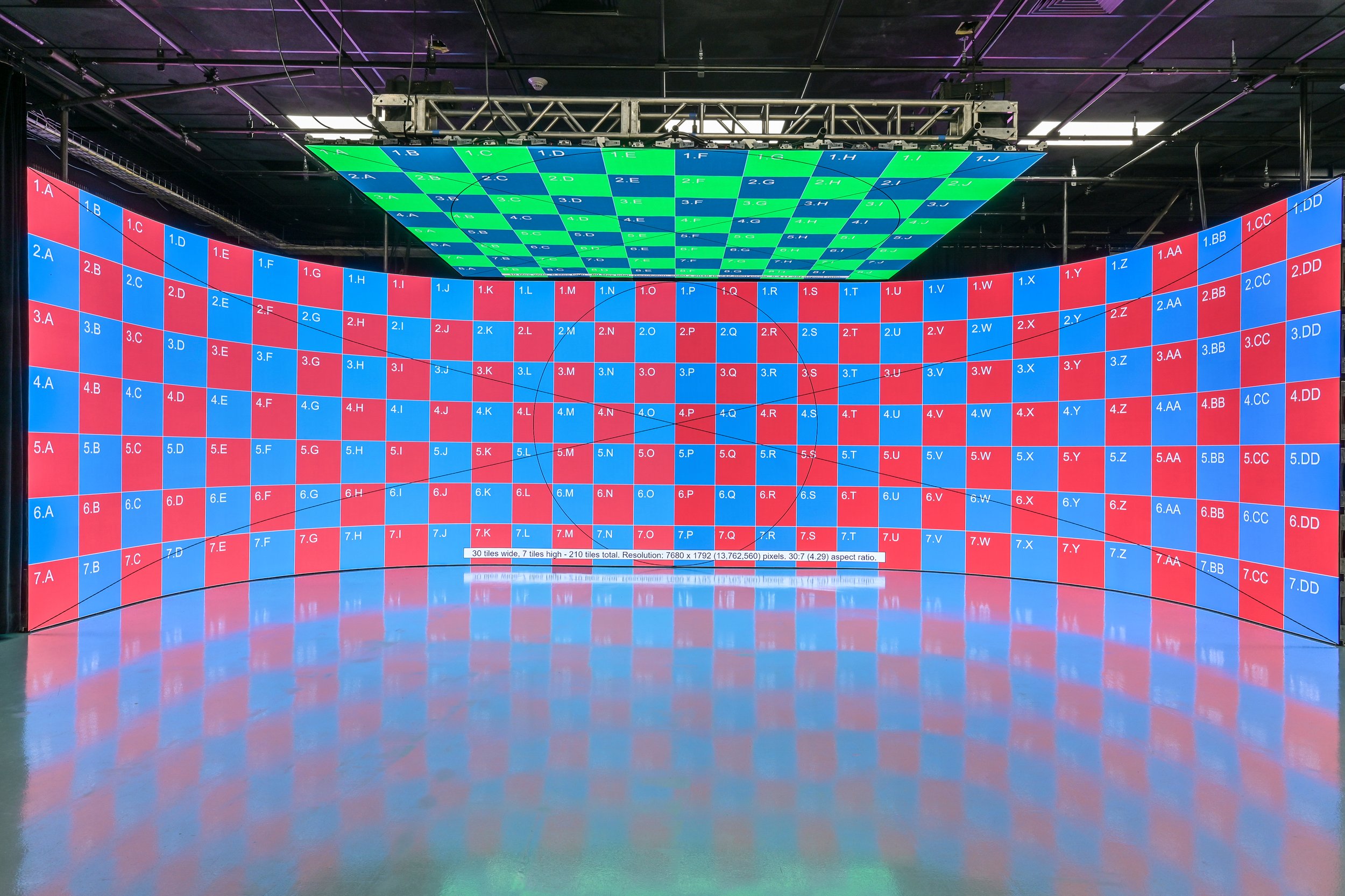Exploring the Diverse Connectivity Solutions Available for Light Emitting Diode Wall Panels
Exploring the Diverse Connectivity Solutions Available for Light Emitting Diode Wall Panels
Blog Article
LED wall panels have secured popularity for their capacity to deliver crisp imagery in various settings, from professional environments to entertainment venues. One of the most significant aspects of these systems is their connectivity options, which allow users to connect them to multiple devices and systems. Understanding the diverse input options available for Light Emitting Diode wall panels is essential for maximizing their use and effectiveness. This discussion explores these options, highlighting how they can cater to specific needs and preferences.
One frequent connection approach for LED wall panels is High-Definition Multimedia Interface. High-Definition Multimedia Interface is widely recognized for delivering high-quality video and audio signals between devices. This connection type is especially beneficial in business environments, such as conference rooms or training rooms, where visual content or video content are often shared. By using HDMI cables, users can seamlessly link laptops, projectors, and streaming equipment to Light Emitting Diode wall panels, ensuring a sharp and dynamic presentation of information.
Another commonly used connectivity method is Display Port, which is similar to HDMI but offers additional benefits. Display Port can support higher refresh rates and resolutions, making it an ideal choice for gaming or graphic-intensive applications. For those deploying LED wall panels in environments where output quality is essential, such as esports arenas or design studios, Display Port can provide the necessary visual clarity. Moreover, many contemporary computers and graphics cards feature Display Port connections, making it a practical solution for tech-savvy users.
In addition to High-Definition Multimedia Interface and Display Port, cordless transmission options are becoming increasingly common in Light Emitting Diode wall panel solutions. Wireless connections allow users to share content without the requirement for physical cables, enabling a cleaner and more adaptable setup. Technologies such as Wi-Fi and short-range communication allow users to link smartphones, tablets, and laptops directly to LED wall panels without cumbersome wires. This convenience is especially beneficial in dynamic settings like trade shows or live functions, where rapid adjustments to displays are often needed.
For extensive installations or more intricate setups, network connectivity through wired networking is another viable solution. Ethernet connections provide a stable and robust way to connect multiple Light Emitting Diode wall panels within a network. This setup is suitable for digital signage use cases found in shopping malls or transport hubs, where numerous panels may need to present synchronized content across a wide area. By using network cabling and routing hardware, operators can ensure that all connected panels receive consistent data and content seamlessly.
Finally, it's important to consider the evolution look at more info of connectivity with advancements such as USB-C and Thunderbolt Three. These newer connection types offer increased data transfer speeds and flexibility by allowing one cable to handle both power delivery and data exchange. As more devices incorporate these protocols, LED wall panels equipped with USB-C ports will likely become more prevalent. This evolution in connectivity not only improves the capabilities of Luminescent Diode wall panels but also coincides with the growing trend of minimalism in hardware arrangements by reducing the number of cables required.
In summary, examining the broad interface options available for Light Emitting Diode wall panels uncovers many possibilities for users across various industries. From traditional approaches like High-Definition Multimedia Interface and DisplayPort to modern cordless technologies and network connections, each option serves specific purposes tailored to you could try here specific needs. Additionally, next-gen technologies like Universal Serial Bus-C promise further advancements in how professionals utilize LED wall panels. By understanding these integration alternatives, end-users can make strategic decisions that enhance their overall engagement with these multifunctional display tools.